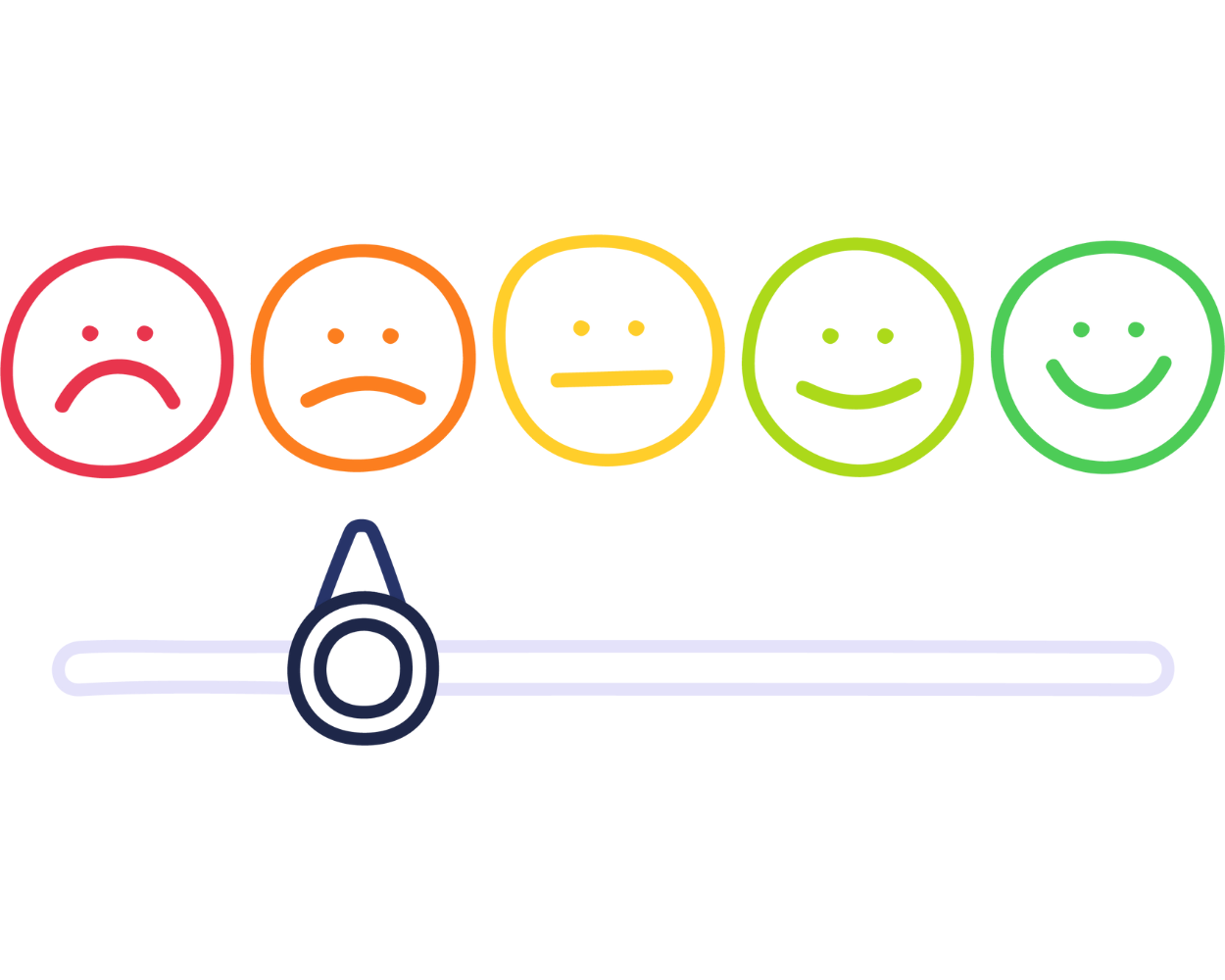Tattooing has been an art form and a form of self-expression for centuries. However, the pain associated with the process can be a daunting factor for many potential tattoo enthusiasts. While the pain is inevitable, it is essential to understand that its intensity varies from person to person and depends on various factors. In this blog, we'll explore which tattoos hurt the most and provide valuable tips to minimize the discomfort during the tattooing process.
Understanding Tattoo Pain:
Tattooing involves puncturing the top layer of your skin with a needle covered in pigment. The level of pain experienced during this process is influenced by several factors, including age, sex, and individual pain threshold. While pain perception differs among individuals, certain areas of the body tend to be more painful to tattoo due to their characteristics.
Most Painful Tattoo Areas:
- All Areas of the Head and Face: The skin on the head and face is sensitive, and tattoos in these regions can be quite uncomfortable.
- Neck Spine: The spine in the neck area contains many nerve endings, making it a painful location for a tattoo.
- Nipples and Breast: The breasts and nipples have sensitive skin, leading to increased discomfort.
- Armpit: The armpit area contains numerous nerve endings, making it one of the most sensitive and painful spots for a tattoo.
- Rib Cage: The rib cage has thin skin and little cushioning, making tattooing in this area considerably painful.
- Inner Bicep: Tattooing on the inner bicep can be more painful than the outer bicep due to the thinner skin.
- Stomach: Tattooing on the stomach can be painful due to the lack of fat and the proximity to the rib cage.
- Ankles and Shins: These bony areas have fewer fat layers, resulting in heightened pain during tattooing.
- Hips: The hips have thin skin and are close to the pelvic bone, making them a painful spot for tattoos.
- Groin: Tattooing in the groin area can be particularly painful due to the proximity to sensitive nerve bundles.
- Behind the Knees: The skin behind the knees is thin, and the pain can be more intense in this area.
- Hands and Feet: These areas have thin skin and numerous nerve endings, resulting in significant pain during tattooing.
Least Painful Tattoo Areas:
- Outer Shoulders: The outer shoulder area has more muscle and thicker skin, making it a less painful option.
- Upper and Lower Back: The back has a larger surface area and more muscle, making it one of the least painful areas for tattoos.
- Forearm: The forearm has a good amount of muscle and fat, reducing the pain experienced during tattooing.
- Outer Bicep: The outer bicep has thicker skin and more muscle, resulting in reduced pain during tattooing.
- Upper Outer Thigh: The outer thigh has more fat and thicker skin, making it less painful for tattoos.
- Calves: The calves have a fair amount of muscle, making them a relatively less painful tattoo spot.
Minimizing Tattoo Pain:
While it's impossible to eliminate tattoo pain entirely, you can take steps to minimize it:
- Follow Aftercare Instructions: Proper aftercare, such as keeping the tattoo clean (we suggest Aussie Inked's Soothing Foaming Wash), wearing loose clothing, and applying ointment and moisturiser (we recommend Premium Tattoo Aftercare), can reduce discomfort and prevent complications.
- Numbing Cream: Consider using a numbing cream or gel before your tattoo session. These topical anesthetics can help dull the sensation of pain during the tattooing process. Be sure to consult your tattoo artist and follow their recommendations on when and how to apply the numbing cream.
- Get Enough Sleep: Ensure you're well-rested before your tattoo session, as adequate sleep can help you endure the pain better.
- Stay Sober: Avoid alcohol before getting tattooed, as it can thin your blood and increase bleeding and bruising, leading to more pain and potential damage to the tattoo.
- Stay Hydrated: Drink plenty of water to keep your skin supple and tight, which can help reduce pain during the tattooing process.
- Take Breaks: If you're finding the pain overwhelming, ask your tattoo artist to take short breaks during the session.
Tattoo pain is subjective and varies from person to person, but certain areas of the body tend to be more painful due to their skin thickness, nerve endings, and fat distribution. While you can't completely eliminate the pain, following proper aftercare instructions and taking care of your body before and during the tattoo session can help make the experience more bearable. Remember, the pain is temporary, but the beauty of your tattoo will last a lifetime.


